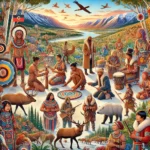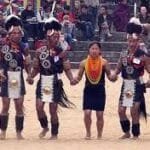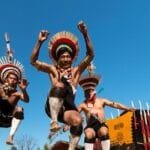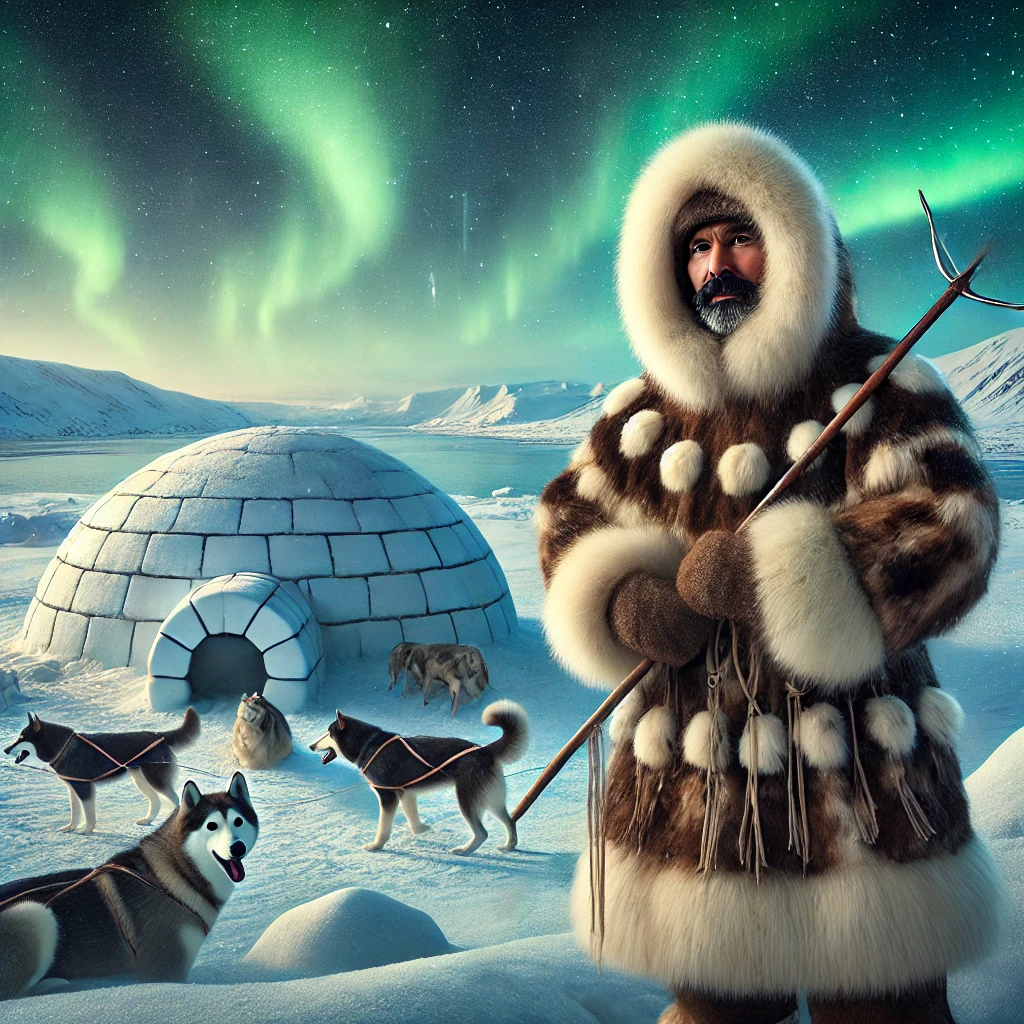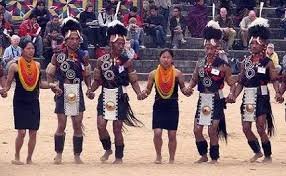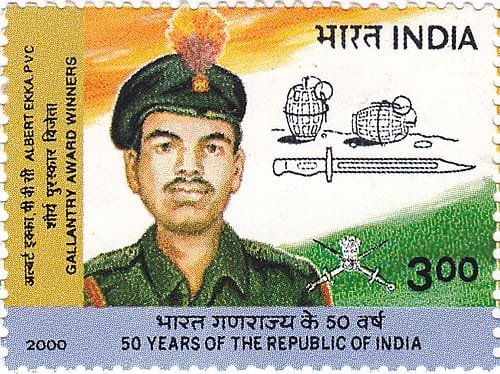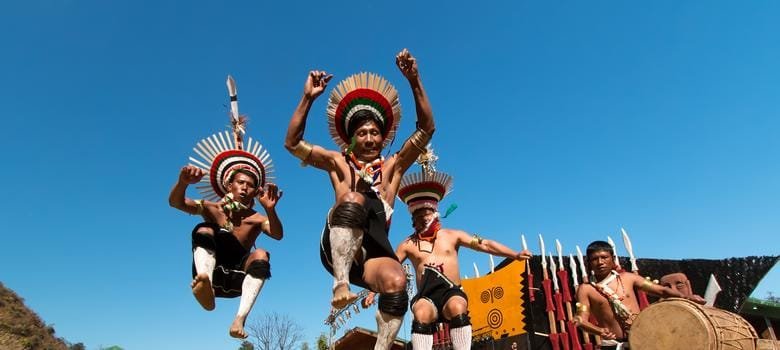The Inuit people, indigenous to the Arctic regions of North America, Greenland, and parts of Siberia, have a rich cultural heritage that reflects their deep connection to the environment. Their traditions, practices, and stories have evolved over thousands of years, shaped by the challenges and opportunities of life in one of the harshest climates on Earth.
Historical Background
The Inuit trace their ancestry to the Thule people, who migrated from Siberia to North America around 1,000 years ago, replacing earlier Paleo-Eskimo cultures. They adapted to the Arctic’s extreme conditions by developing specialized tools, techniques, and survival strategies. Their name, Inuit, means “the people” in Inuktitut, reflecting their strong sense of identity and community.
Traditional Way of Life
The Inuit lifestyle revolves around the land, sea, and ice, with a deep respect for nature and its resources. Their traditional practices include:
Subsistence Hunting and Fishing
The Inuit are skilled hunters and fishers, relying on animals like seals, whales, caribou, and fish for sustenance. Hunting is not only a means of survival but also a cultural practice that fosters community bonds. Tools like harpoons, kayaks, and sleds are integral to their hunting methods.
Clothing and Shelter
To combat the Arctic cold, the Inuit developed ingenious clothing from animal skins and fur, such as caribou parkas and seal-skin boots. Their shelters, such as igloos made from compact snow, showcase their adaptability. In summer, they use tents made from animal hides.
Diet and Food Preservation
The Inuit diet is rich in protein and fat, essential for surviving the cold. They consume raw or fermented food, such as “muktuk” (whale skin and blubber) and dried fish. These methods of preparation preserve nutrients and sustain them through long winters.
Cultural Traditions
Inuit culture is deeply rooted in oral traditions, art, and spiritual practices.
Storytelling and Oral Traditions
Storytelling is central to Inuit culture, serving as a means of preserving history, teaching survival skills, and conveying moral lessons. Elders pass down tales of creation, mythical creatures, and heroic hunts, often featuring themes of resilience and harmony with nature.
Art and Craftsmanship
Inuit art is renowned for its connection to their environment and spirituality. They carve intricate figures from ivory, bone, and soapstone, often depicting animals, hunters, and spirits. Their prints, drawings, and tapestries reflect daily life and cosmological beliefs.
Music and Dance
Music and dance play a vital role in Inuit ceremonies and celebrations. Traditional throat singing, performed mainly by women, is a unique form of vocal art that mimics natural sounds like the wind and animals. Drumming and chanting accompany dances that celebrate life events or honor spirits.
Spiritual Beliefs
Inuit spirituality is animistic, believing that all living and non-living things possess a spirit. Shamans, or “angakkuit,” serve as mediators between the physical and spiritual worlds, conducting rituals to heal the sick, ensure successful hunts, and maintain harmony with nature.
Connection to the Environment
The Inuit view themselves as stewards of the land, taking only what is needed and respecting the animals they hunt. This reciprocal relationship ensures the sustainability of resources and fosters a deep sense of gratitude.
Seasonal Activities
The Inuit year is divided into seasons, each dictating specific activities. Spring and summer are for hunting marine mammals and fishing, while autumn focuses on caribou hunting. Winter is a time for community gatherings, storytelling, and crafting.
Modern Challenges and Adaptations
The Inuit have faced significant changes over the past century due to external influences, including colonization, globalization, and climate change.
Language Preservation
Many Inuit communities are working to preserve their languages, such as Inuktitut and Greenlandic, which are central to their identity. Educational programs and media initiatives aim to revitalize these languages.
Climate Change
The Arctic is warming at an unprecedented rate, disrupting traditional ways of life. Melting ice affects hunting routes, while changing ecosystems threaten the availability of wildlife. The Inuit have become vocal advocates for climate action, drawing attention to the global impact of environmental degradation.
Economic Shifts
While traditional practices remain vital, many Inuit now participate in modern industries like mining, tourism, and government. Balancing these activities with cultural preservation is a continuing challenge.
Contemporary Inuit Society
Today, the Inuit strive to maintain their heritage while navigating the complexities of modern life. Organizations like the Inuit Tapiriit Kanatami in Canada and the Inuit Circumpolar Council work to protect Inuit rights, promote cultural education, and address social and economic issues.
Key Stories and Legends
Inuit mythology is rich with tales that reflect their environment and values. Some notable stories include:
Sedna, the Sea Goddess
Sedna is a central figure in Inuit mythology, governing the sea and its creatures. According to legend, she became the goddess of the sea after falling into its depths. Hunters often perform rituals to appease Sedna, ensuring bountiful catches.
The Qallupilluit
The Qallupilluit are mythical sea creatures that lure disobedient children who wander near the ice. These stories teach children about the dangers of the Arctic environment.
The Legend of Kiviuq
Kiviuq is a legendary hero who embarks on epic journeys, encountering magical beings and overcoming challenges. His tales emphasize resilience, cleverness, and the importance of community.
Conclusion
The Inuit people have thrived in the Arctic for millennia, embodying resilience, ingenuity, and a profound connection to nature. Their traditions, culture, and stories offer valuable insights into sustainable living and the importance of preserving indigenous knowledge. Despite the challenges of modernization and climate change, the Inuit continue to honor their heritage while adapting to an evolving world. Their journey is a testament to the enduring spirit of humanity and the power of community.

